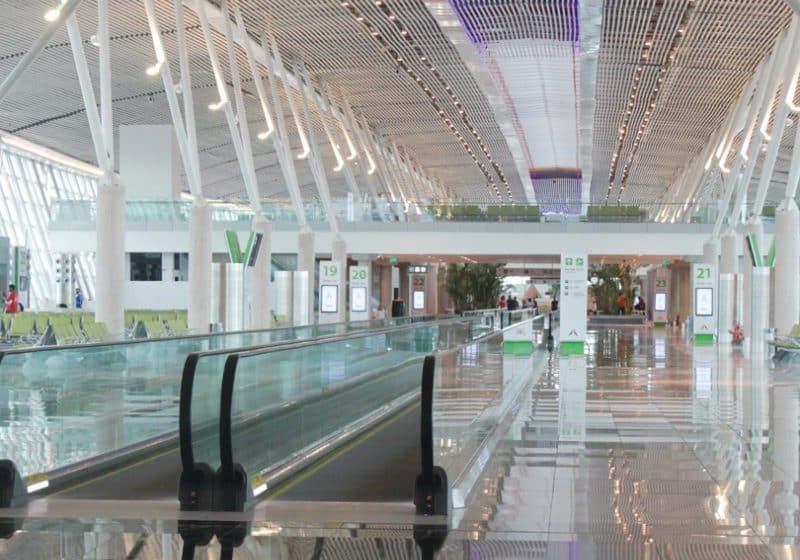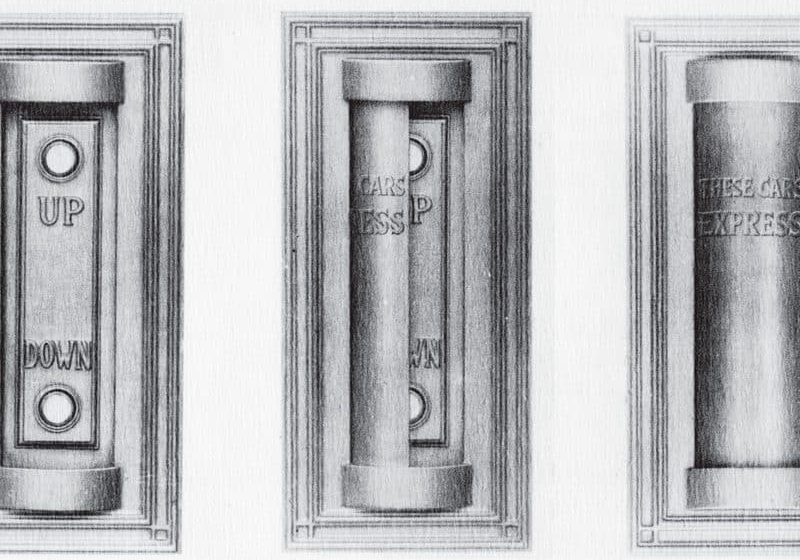ELEVATOR INTERIOR DESIGN SHOULD PERFORM AT EVERY LEVEL
Aug 1, 2014

Few areas within a building are as highly visible, highly trafficked, and subject to the resultant scrutiny and abuse as an elevator interior. As a destination through which almost every visitor must pass, no other part of a building entertains such a captive audience, or has the opportunity to communicate so much.
A Winning Personality
While a building’s exterior reflects the personality of the businesses and tenants within, so, too, does the look and feel of an elevator interior, which creates an immediate first impression and shapes a visitor’s overall experience within a space.
In its role transporting people throughout a property, a cab’s interior design must align with the potentially diverse personalities of the areas it serves. It must visually represent the floors above and below. And, it must do so without sacrificing functionality at any stop.
Materials Matter
It’s a tall order, but materials and finishes can play a key role.
On the one hand, they establish the visual personality of a cab. Different materials can reflect different architectural styles, sophistication levels or purposes. They can help orient users to a building’s various zones. They can even entertain, inform or inspire.
On the other hand, they can help ensure a cab’s efficient operation, and have a positive impact on the building’s bottom line. Lightweight materials and LEDs help reduce energy consumption. Materials with low- or no-VOCs improve air quality. And, those with high-recycled content and high recyclability improve life overall.
The right materials can handle large volumes of people and their equipment or belongings; meet applicable code requirements; require minimal maintenance; perform well over time; and accomplish all this at a realistic price point.
Fortunately, the options are extensive. Far beyond what they were several years ago, today’s material choices offer tremendous creative and functional advantages, without necessarily boosting costs.
Stainless steel, plastic laminates, and wood veneer remain popular, thanks to their proven ability to meet a wide range of visual and budgetary criteria. But newer materials, like architectural glass, have increasing appeal as well, especially those that are lightweight, easily customizable, and/or have added functionalities or benefits.
A Systematic Approach
Elevator interior systems that blend the convenience of a standardized program with full design flexibility make it easy and cost-efficient to tailor a cab interior to project-specific needs. The best systems work with the broad array of materials on the market today. They invite creativity. And, they address the mechanical details, like trim pieces and wall panel attachment assemblies, while reducing design, engineering and installation time and costs.
Suppliers Matter
While all materials have inherent advantages, expertise and manufacturing capabilities vary greatly from one vendor to the next. The right supplier can offer tremendous peace of mind, with quality materials and systems, quick delivery times, and an in-depth understanding of the construction process.
An Exciting Challenge
Elevator cab interiors can be a visually exciting aspect of any building, and one with tremendous potential for enhancing the personality of a space. There’s no doubt that balancing a cab’s aesthetic and functional demands is an ongoing challenge. But with the myriad materials and finishes available today, addressing these challenges should be nothing less than an uplifting prospect.
Get more of Elevator World. Sign up for our free e-newsletter.









